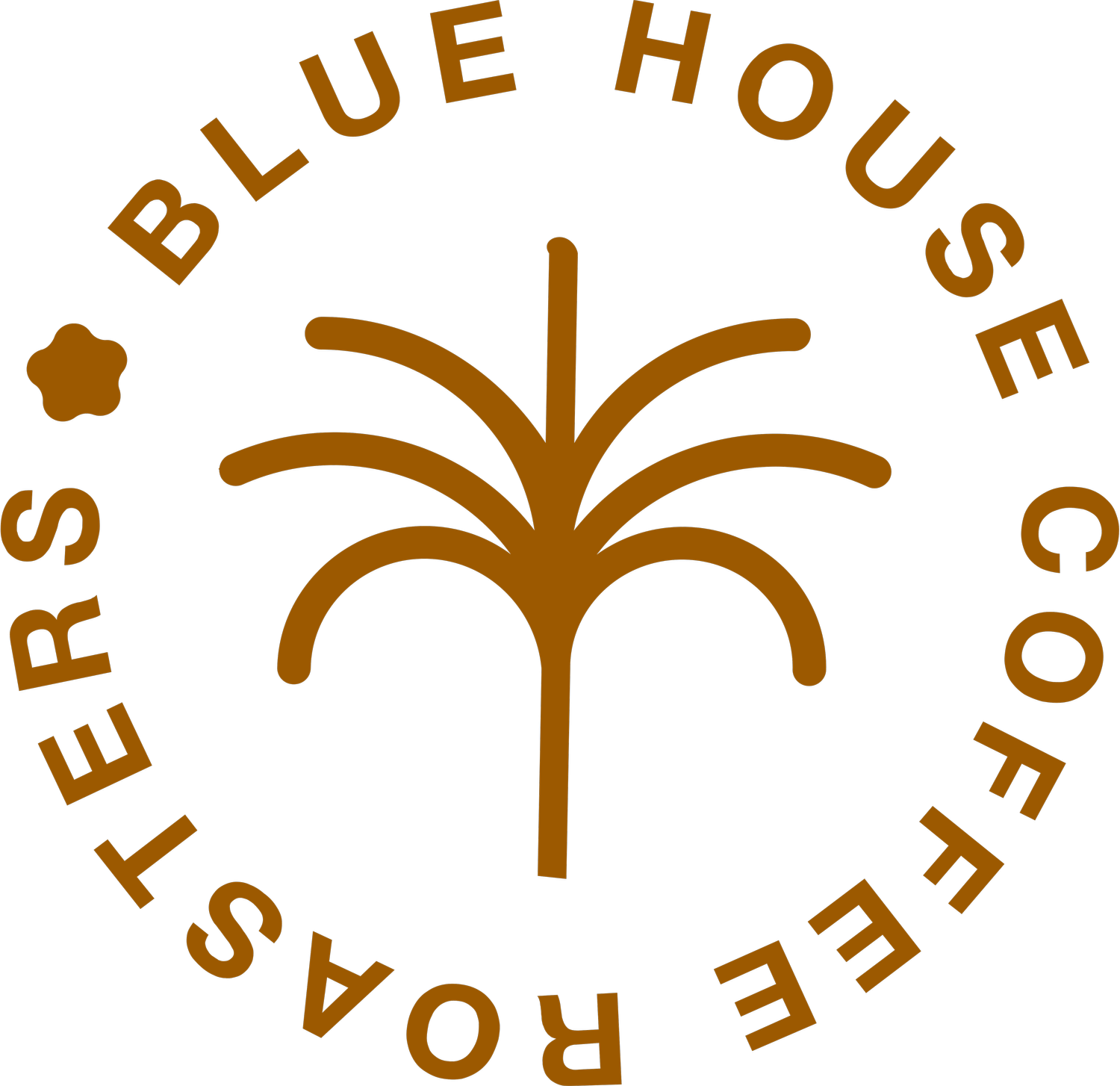"What Makes Pour-Over Coffee Different?" and Other Frequently Asked Questions
What is pour-over coffee?
A pour-over coffee can look different depending on the instruments used and the preferences of the coffee drinker. It can be incredibly elaborate or simple and elegant.
The definition of a pour-over coffee is one brewed by percolation, derived from the Latin word percolare, which means "to strain through". In other words, pour-over coffee is always brewed by hot water passing through coffee grounds, which also function as a filter to keep the grounds from entering the final drink.
What is the difference between pour-over coffee and other brewing methods?
Pour-over coffee goes through the general same steps as drip coffee from a standard drip coffee machine (Mr. Coffee etc). In both methods, hot water moves through coffee grounds and filter which dissolves certain chemical compounds and the result is brewed coffee.
What makes the two methods differ from each other is the amount of manual control that you have while using the pour-over method. When utilizing the pour-over method, you are able to control the temperature of the water, the extraction rate, and the amount of coffee made. All of these variables drastically affect the outcome of the coffee, which is why the pour-over method is greatly valued.
What filter is best for pour-over coffee?
We can break down the types of filters from most to least porous: Paper, Cloth and Metal.
Paper filters are the most common. They strain out all of the unwanted particles; both the coarser and finer coffee grounds, and any unwanted oils in the brew. This means that when using paper filters, the coffee brewed will taste cleaner than coffee brewed with other filters.
Cloth filters also strain out all coffee grounds, both coarse and fine. The difference between paper and cloth filters is that the cloth filters allow some oils to come through. This simply creates a fuller cup of coffee. The other benefit to cloth filters is the fact that they are not one-time use, a fact that makes your coffee rituals more sustainable (watch this video by James Hoffman if you are interested in learning more about cloth filters)
Metal filters remove most of the coffee grounds but often leave the finer grounds and some oils in the resulting cup. This is a less clean cup of coffee but has extra body to it. Metal filters are also a more sustainable option as they are also not single-use.
What is the difference in brewing methods between different types of roasts?
For darker roasts, we suggest “narrower” brewing ratios (smaller amounts of water for the amount of coffee), and lower water temperatures. Try a 10-to-1 brewing ratio paired with water at 188 degrees F, 87 degrees C.
For lighter roasts, we suggest “wider” brewing ratios (larger amounts of water for the amount of coffee) and hotter water temperatures. Try a 15-to-1 brewing ratio paired with water at 201 degrees F, 94 degrees C.


